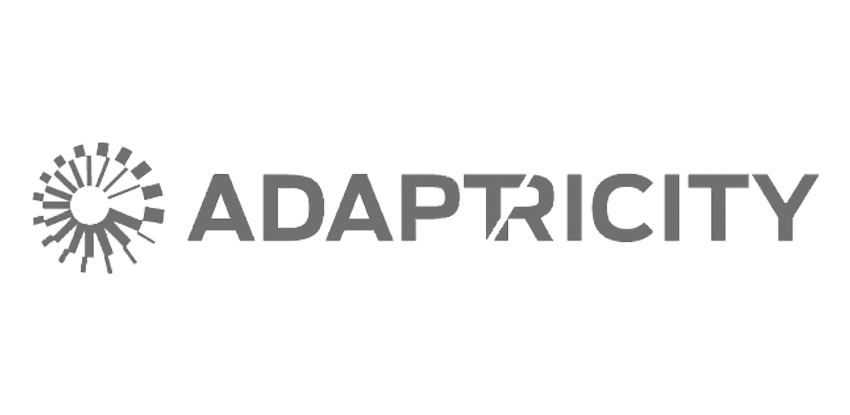Keep in touch, subscribe to our newsletter
Thank you! Your submission has been received!
Oops! Something went wrong while submitting the form.
→ Qualitative user interviews
→ Competitor analysis
→ Best practice research
→ Creative brainstorming
→ Wireframing
→ User testing
→ Design sprint
5 Days


During the first day, the team gathered all the relevant information to decide the focus of the sprint. They were aware that the challenge had to be feasible and impactful. After they mapped out their current process, interviewed 7 experts during a fast-pace ‘speed-dating’ exercise and analysed the main insights, the goal of the week was clear to everyone in the room: How can we create a software interface that is user-friendly, intuitive and simple to use for our clients? Once the team was aligned, they were officially ready to jump into the ideation process.

During Day 2, the team engaged in a desk research to find out how different players currently respond to the same challenge and identified the most valuable features that could be implemented for their own product. Each of the participant silently selected the most promising one and unleashed his creativity by sketching different variations of the same idea. As a group, the team discussed the highlights of each solution, captured standout ideas and important objections.By the end of the day, seven potential solutions were generated and mapped out in a story-board format. The team had now all the material needed to make an informed decision and decided to take two different concepts to the next level.

After receiving tips on how to conduct user testing interviews, the team worked together to build a rapid, realistic prototype. Only by using simple functions on Key note, they were able to reproduce the drafted storyboards into two interactive and digital mock-ups without programming a single line of code. Once they decided the interview questions, the team came back together for a last final ‘trial run’, during which they prepared for the testing session, shared feedback on the performance, selected the key functionalities to be validated and solved the last flaws.

Friday was the big day. The team was excited to finally hear the voice of their users. One at a time, five end-users tested the mock-ups through an interactive and engaging interview conducted by the selected interviewer of the team. The rest of the team observed the conversation through a camera and noted down the most relevant insights, the positive and negative comments, and the suggestions proposed by the users. By looking at the users’ reactions in real-life, they could collect meaningful feedback and identify the strengths and flaws of the new interface.

In the afternoon, an entire wall of post-its full of interesting insights was built and it was time to make sense of it. During the afternoon, the team applied different techniques to identify user patterns and behavioural trends and was able to turn the collected information into a feasible, implementable and focused action plan. At the end of the week, everyone knew exactly what to do next.
Stephan Koch, Co-founder of Adaptricity
participants: a mix of designers, software engineers & IT experts
different concepts for their user interface evaluated
interactive and digital mock-ups built
Throughout the week long Design Sprint their diverse internal team gained numerous insights and were able to detect previously unknown user patterns and behavioural trends. They were able to turn these fresh insights into a feasible and focused action plan to enable them to ultimately migrate to a b2c business model. 7 month after the end of the Design Sprint, the product was launched in the market.

